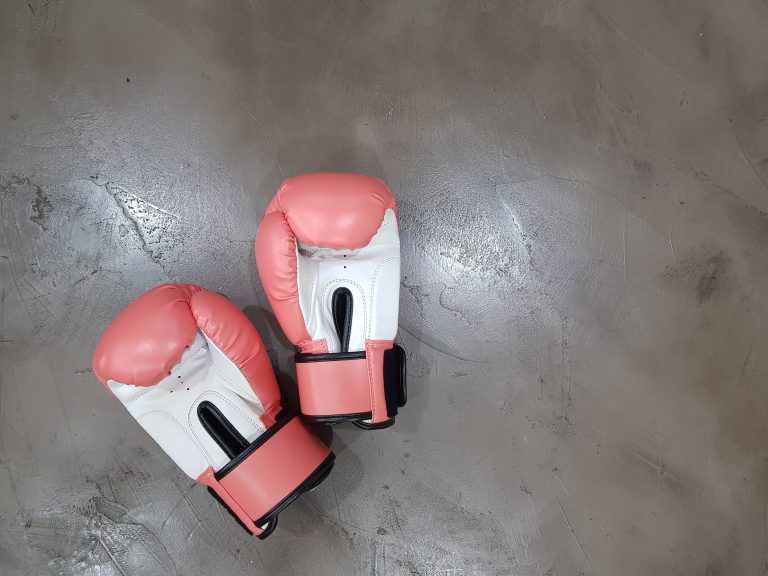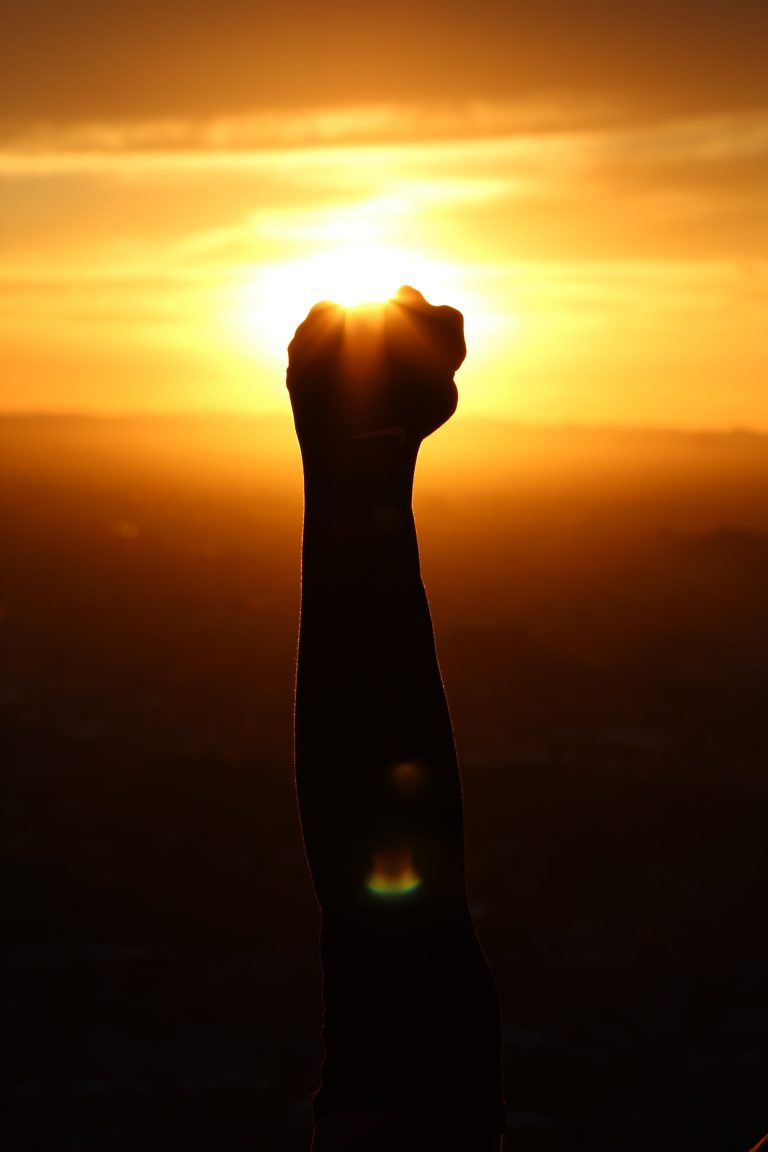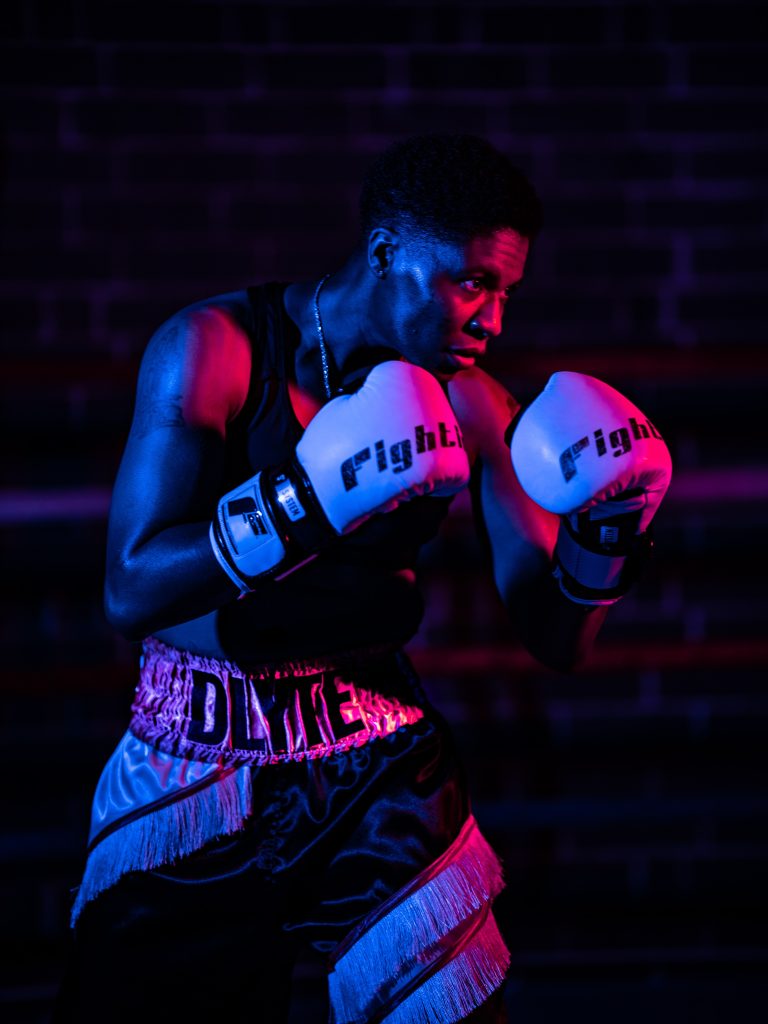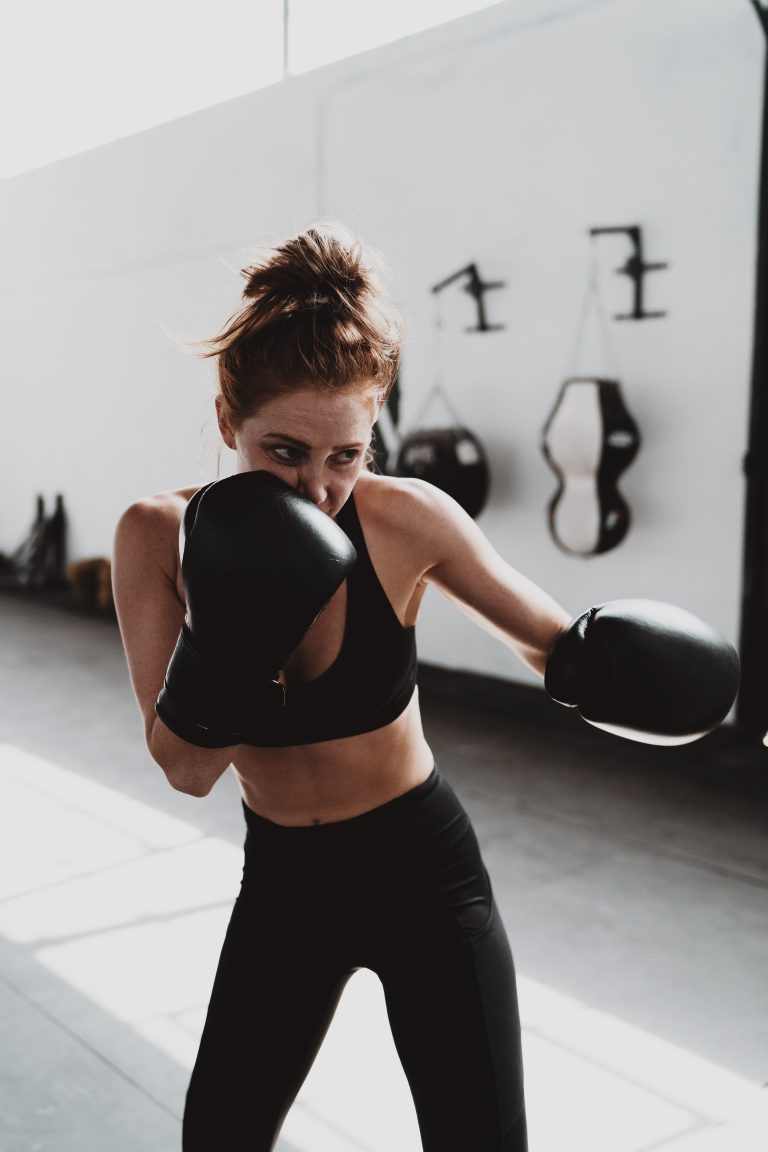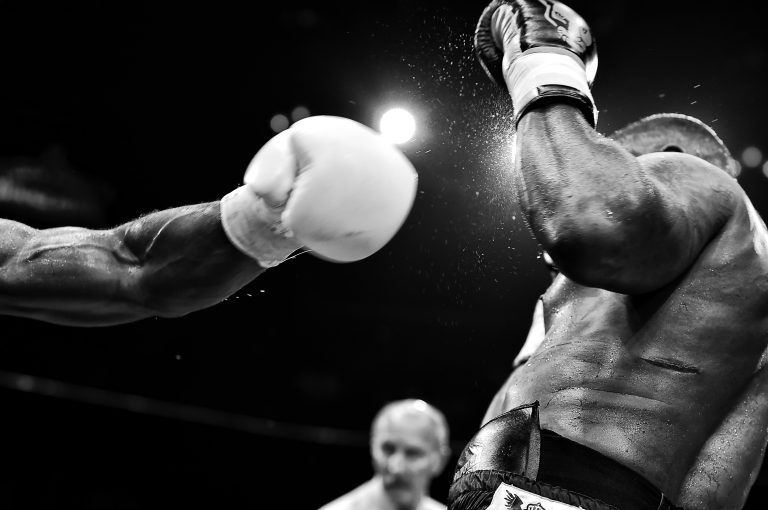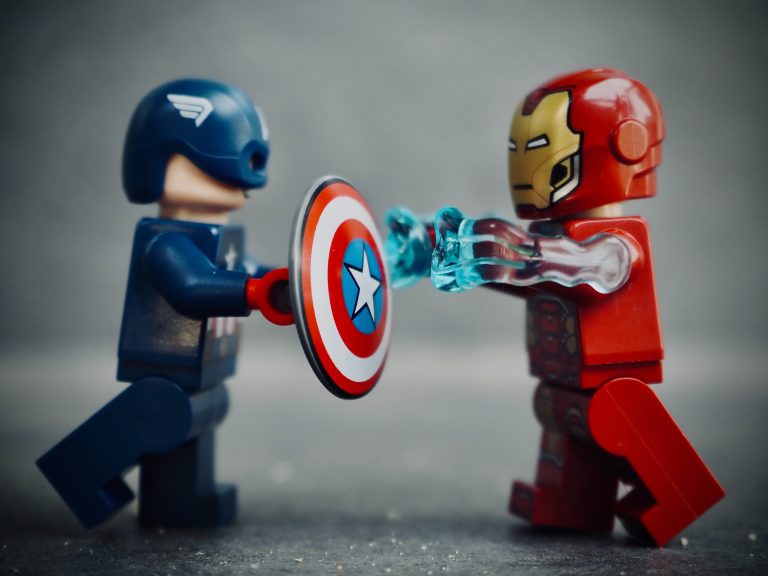Japanese Karate Styles List: Everything You Need to Know
Karate is a popular Japanese martial art practiced all over the world today. It’s an ancient practice that originated in Okinawa, Japan, and has now evolved into various styles with unique techniques and philosophies. If you’re new to karate or want to learn more about the different types of Japanese karate styles out there, then you’ve come to the right place. In this blog post, we’ll review the various types of Japanese karate, their respective histories, and distinctive techniques.
What is Karate?
Karate is a popular type of martial art that involves different forms of punches, kicks, and strikes. Originally, it was developed in Okinawa, Japan, and was brought to Japan in the early 20th century. Since then, karate has gained popularity and has become an Olympic sport as well. It’s an excellent form of self-defense that teaches practitioners discipline, respect, and proper breathing techniques.
Types of Japanese Karate Styles
Over the years, karate has evolved into different styles based on the respective sensei’s philosophies and interpretations. Here’s a list of the most common Japanese karate styles prevalent today:
Shotokan Karate
Shotokan karate is the most popular style of karate globally, and it was founded by Gichin Funakoshi, who is also known as the father of modern karate. He introduced his form of karate, which included relatively shallow stances and long, straight techniques, to Japan in the 1920s. Shotokan karate focuses on strong stances, powerful strikes, and the use of the hips and legs to execute techniques.
Goju-Ryu Karate
Goju-Ryu karate, meaning „hard-soft style,“ was founded by Chojun Miyagi, who coined the term in 1930. Goju-Ryu focuses on circular blocks, joint locks, grappling, and other types of hand techniques. This style is unique in that its principles and techniques are based on the movements of animals and can be viewed as a combination of Chinese martial arts and Okinawan martial arts.
Shito-Ryu Karate
Shito-Ryu karate is another form of karate that combines multiple styles, including the Goju-Ryu and Shotokan karate styles. Kenwa Mabuni, founder of Shito-Ryu karate, believed that his style would be superior if he combined these two styles. The techniques in Shito-Ryu are known for their speed, fluidity, and smoothness of motion.
Wado-Ryu Karate
Wado-Ryu karate was founded in 1939 by Hironori Ohtsuka. The karate style is composed of Taijutsu techniques from Jujutsu, the traditional Okinawan karate of Shotokan, and Kobudo. Wado-Ryu emphasizes speed and flexibility, with many of its techniques focused on evasion and counter-attacks.
Chito-Ryu Karate
Chito-Ryu karate was founded by Dr. Tsuyoshi Chitose, who incorporated his knowledge of medicine into the practice of karate. He identified that the techniques of karate could be used for both defense and healing purposes. Chito-Ryu emphasizes „fist“ techniques, including strikes and punches, low stance and focus on body conditioning.
Japanese Karate Styles List: Answers to the Most Commonly Asked Questions
Karate is one of the most popular martial arts in the world, with millions of practitioners worldwide. Originating in Okinawa, Japan, karate has evolved over hundreds of years to include many different styles, each with its own unique techniques, training methods, and philosophies.
If you’re interested in learning more about Japanese karate styles, you might have some questions. In this article, we’ll answer the most common ones.
What are the different styles of Japanese karate?
There are several styles of Japanese karate, each with its own unique characteristics. Some of the most popular include Shotokan, Goju-Ryu, Shito-Ryu, Wado-Ryu, and Kyokushin.
Shotokan is the most widely-practiced style in the world and is known for its powerful strikes and emphasis on technique. Goju-Ryu, on the other hand, focuses on close-range combat and incorporates both hard and soft techniques. Shito-Ryu emphasizes fluid movements and incorporates elements of both Okinawan and Chinese martial arts.
Wado-Ryu is a more fluid style that emphasizes evasion and quick movements, while Kyokushin is known for its powerful strikes and emphasis on physical conditioning.
What are the differences between the different styles of Japanese karate?
The different styles of Japanese karate vary in their techniques, training methods, and philosophies. Shotokan, for example, emphasizes a strong, stable stance and powerful linear movements, while Wado-Ryu emphasizes more fluid, circular movements and quick evasive techniques.
Goju-Ryu incorporates both hard and soft techniques and focuses on close-range combat, while Kyokushin emphasizes powerful strikes and physical conditioning. Shito-Ryu is known for its fluid movements and incorporation of elements from both Okinawan and Chinese martial arts.
What is the history of Japanese karate?
Karate originated in Okinawa, Japan, where it developed from traditional Okinawan martial arts. In the early 20th century, karate was introduced to Japan and became more formalized and organized.
Gichin Funakoshi, often referred to as the father of modern karate, developed the Shotokan style in the early 1930s, which became the most widely-practiced style in the world.
Over time, other styles of Japanese karate were developed by other martial artists, each with their own unique techniques and philosophies.
What is the philosophy of Japanese karate?
The philosophy of Japanese karate varies depending on the style and the particular dojo. However, common themes among many styles include discipline, respect, humility, and self-improvement.
Karate is often thought of as a way of life, rather than just a physical pursuit. Practitioners are encouraged to develop not only their physical abilities but also their mental and spiritual qualities.
How do I choose a Japanese karate style?
Choosing a Japanese karate style depends largely on your goals and preferences. If you’re interested in learning powerful strikes and precise techniques, Shotokan might be a good fit. If you prefer more fluid, evasive techniques, Wado-Ryu might be a better choice.
It’s also important to consider the availability of different styles in your area and the credentials of the instructors. Visiting different dojos, observing classes, and speaking with instructors can help you determine which style is right for you.
What should I look for in a Japanese karate dojo?
When choosing a Japanese karate dojo, it’s important to consider the credentials of the instructors and the quality of the training. Look for a dojo that has experienced and qualified instructors who prioritize safety and are committed to helping students improve.
It’s also important to consider the atmosphere of the dojo and the attitude of the other students. Look for a dojo that promotes a positive and supportive learning environment.
How to identify and understand different Japanese karate styles
If you are interested in martial arts, you most likely heard about karate. Karate is a traditional Japanese martial art that has become a popular sport all around the world. However, did you know that there are many different styles of karate? In this guide, we will walk you through the steps to identify and understand the major styles of karate.
Step 1: Learn the history of karate
Before diving into the different styles of karate, it’s essential to have a basic understanding of its history. Karate originated in Okinawa, an island in Japan, during the Ryukyu Kingdom era. Since then, it has been influenced by Chinese martial arts, Western boxing, and other Japanese styles. It wasn’t until the mid-20th century that karate became popular worldwide.
Step 2: Understand the different organizations that oversee karate
There are four main organizations that oversee karate worldwide: World Karate Federation (WKF), International Traditional Karate Federation (ITKF), Japan Karate Association (JKA), and Okinawa Kobudo Association. These organizations are responsible for regulating the different types of karate around the world.
Step 3: Know the major karate styles
There are four major karate styles that are recognized by the World Karate Federation (WKF). These styles are Shotokan, Goju-Ryu, Shito-Ryu, and Wado-Ryu. Other popular styles include Kyokushin, Kenpo, and Shorin-Ryu.
Step 4: Identify key characteristics of each style
Each karate style has its unique characteristics, and it’s essential to identify them to better understand the differences between them. Here is a basic breakdown of the characteristics of each style:
– Shotokan: Shotokan is one of the most popular karate styles worldwide. It’s known for its powerful and fast movements, emphasis on a strong stance, and large variety of techniques. Techniques include strikes, punches, and kicks.
– Goju-Ryu: This style is known for its emphasis on body conditioning and circular movements. It combines hard and soft techniques and is famous for using open-handed strikes.
– Shito-Ryu: This style is a mixture of Shotokan and Goju-Ryu. It focuses on entry and exit techniques and efficient use of energy. It also emphasizes punches and kicks from different angles.
– Wado-Ryu: This style is characterized by its unique footwork and using body movement to avoid an attack. It’s also known for its grappling techniques and includes throws, joint locks, and other grappling moves.
Step 5: Learn about the different kata in each style
Kata is a sequence of movements and techniques used to demonstrate and practice karate techniques. Each style has its unique kata. Here is a brief summary of the kata:
– Shotokan: Shotokan has 26 kata. The most popular ones are Heian Shodan, Tekki Shodan, and Bassai Dai.
– Goju-Ryu: This style has 10 kata. The most popular ones are Sanchin, Saifa, and Seiyunchin.
– Shito-Ryu: Shito-Ryu has 15 kata. The most popular ones are Shihozukiyo, Bassai Sho, and Juroku.
– Wado-Ryu: Wado-Ryu has 16 kata. The most popular ones are Pinan, Kushanku, and Naihanchi.
Step 6: Consider the differences between competition and traditional karate
When it comes to karate competitions, the rules can vary depending on the organization. WKF and ITKF have different rules compared to JKA. If you are interested in competing, it’s essential to understand the rules before entering a competition.
Final thoughts
Karate is a diverse martial art with many different styles, each with its unique characteristics and techniques. By following the steps outlined in this guide, you will have a better understanding of the major styles of karate and how they differ from each other. Remember that studying karate is always best done by working with a qualified instructor. So, find a dojo near you and start your karate journey today!
Inhaltsverzeichnis

